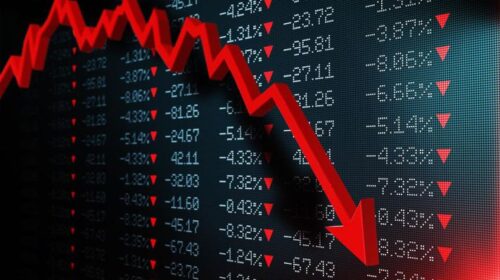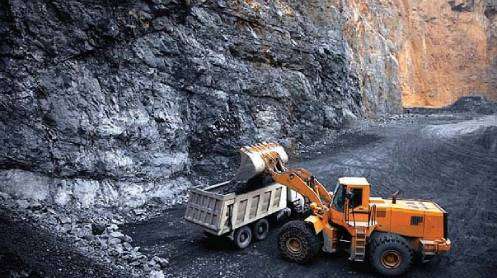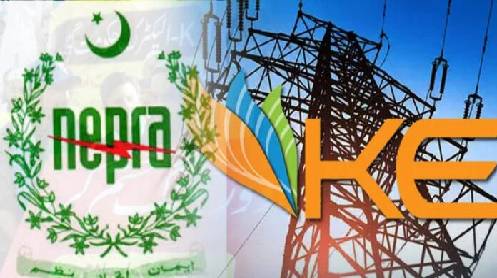The February 2024 Economic Update and Outlook uploaded on the Finance Division website on the last day of the month presented the customary dichotomy between the analysis and the statistical data. Examples abound, so to speak: (i) the analysis referred to the caretaker government taking steps to reduce unproductive expenditure.
This claim is easily disproved by the data at the end of the report which reveals that in spite of a 5.9 percent decline in Public Sector Development Programme in the first half of the current year against the comparable period the year before; fiscal deficit rose by a whopping 4.3 percent – a rise that would simply not have been possible without a rise in the budgeted current expenditure; (ii) the caretaker government took steps to boost tax and non-tax income.
FBR revenue rose during the first half of the ongoing year by 29.8 percent and non-tax revenue rose by 116.5 percent. While these can be termed achievements yet what this data ignores is the fact that the budgeted inflation for the year was 21 percent on which tax collections were projected. Actual inflation was higher at 28.7 percent July-January, which would automatically raise collections.
The caretakers did not have the mandate to impose additional taxes as those require parliamentary approval but did manage to draft proposals to reform FBR (though reforms were deferred by the Election Commission of Pakistan to the next elected government); however, sadly, the reforms merely envisaged administrative changes rather than a change in the tax structure which leans heavily towards indirect taxes whose incidence on the poor is greater than on the rich; and (iii) large-scale manufacturing (LSM) activity since April 2023 followed an upward trend aligning with the growth observed in the output gap of Pakistan’s main export areas.
Data indicates that LSM increased by 3.54 percent in December 2023 while month on month it rose by 15.7 percent July-December 2023; however, this analysis ignores the fact that LSM remained in the negative territory (negative 0.40) though the negativity declined from 2.10 in the comparable period of the year before.
Exports rose by 9.3 percent July-January 2023 against the comparable period the year before; however, the rise was not in volume but in the international price of our export items and, additionally during Dar’s tenure (end September 2022 till the end of the Shehbaz Sharif-led government) his flawed decision to artificially control the rupee-dollar parity which led to multiple exchange rates was another factor that led to lower than projected exports in the previous year (2022-23).
The two major indicators that directly impact on the general public showed a worsening trend — inflation as aforementioned rose to 28.7 percent on average against 25.4 percent the year before and while the caretakers blamed this on the conditions agreed with the IMF under the ongoing Stand-By Arrangement, yet what this claim ignored was the heavier than budgeted reliance on domestic borrowing to fund current expenditure that in turn led to a higher than budgeted deficit that fuelled inflation.
Current account deficit declined by 71.2 percent; however, this decline was on the back of import restrictions, which the Fund agreed may end by programme end in April 2024, rather than any appreciable rise in export volume. And remittances continued their downward trajectory — from 16.3 billion dollars July-January 2022-23 (when Dar’s abandonment of the market-based exchange rate led to the interbank rate 35 to 40 rupees lower than what was on offer through the hundi-hawala mechanism) to 15.8 billion dollars in the comparable period this year.
Reserves rose to 7.9 billion dollars on 27 February 2024 against 5.4 billion dollars the same day last year; however, two observations are in order. First, Dar’s flawed policies are solely responsible for the cessation of all pledged assistance from multilaterals and bilateral, and secondly, the reserves reflect debt incurred rather than any increase in the country’s earning capacity in dollars terms.
The caretakers claim that they placed the economy on the path towards stabilisation is limited to the successful completion of the first review under the SBA rather than any visible improvement in key macroeconomic indicators.
The elected government will have a difficult task to meet the harsh upfront prior conditions for the final tranche release under the SBA, especially as the elected Punjab government has increased the size of Ramazan package perhaps because it is unaware that the Punjab caretakers had pledged a reduction in 115 billion rupees that they overspent this year to make it budget neutral, but the only way out of the prevailing economic impasse is to implement structural reforms resisted by all political governments so far.







